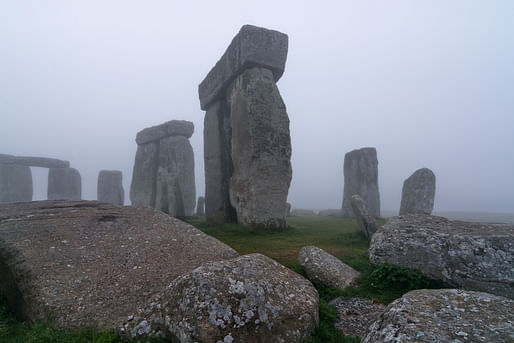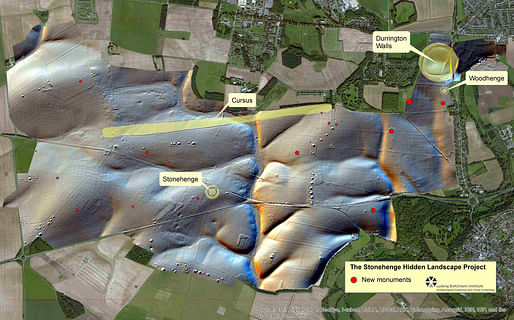

Using high-resolution ground penetrating radar, archaeologists have discovered a series of up to 90 standing stones buried in the earth less than 3 kilometres from Stonehenge. Archaeologists speculate that the stones, which form a rough 'C' shape underneath the 4,500-year old Durrington Walls super-henge, were pushed under the bank of the relatively newer super-henge, and may have once demarcated springs leading into the nearby Avon.



While the precise age of the stones has not been determined yet, the discovery adds new dimensions to the narrative, scope, and historical and architectural significance of Stonehenge. As Dr Phil McMahon of Historic England noted, "The World Heritage Site around Stonehenge has been the focus of extensive archaeological research for at least two centuries. However this new research by the Hidden Landscapes Project is providing exciting new insights into the archaeology within it. This latest work has given us intriguing evidence for previously unknown features buried beneath the banks of the massive henge monument at Durrington Walls. The possibility that these features are stones raises fascinating questions about the history and development of this monument, and its relationship to the hugely important Neolithic settlement contained within it."
No Comments
Block this user
Are you sure you want to block this user and hide all related comments throughout the site?
Archinect
This is your first comment on Archinect. Your comment will be visible once approved.